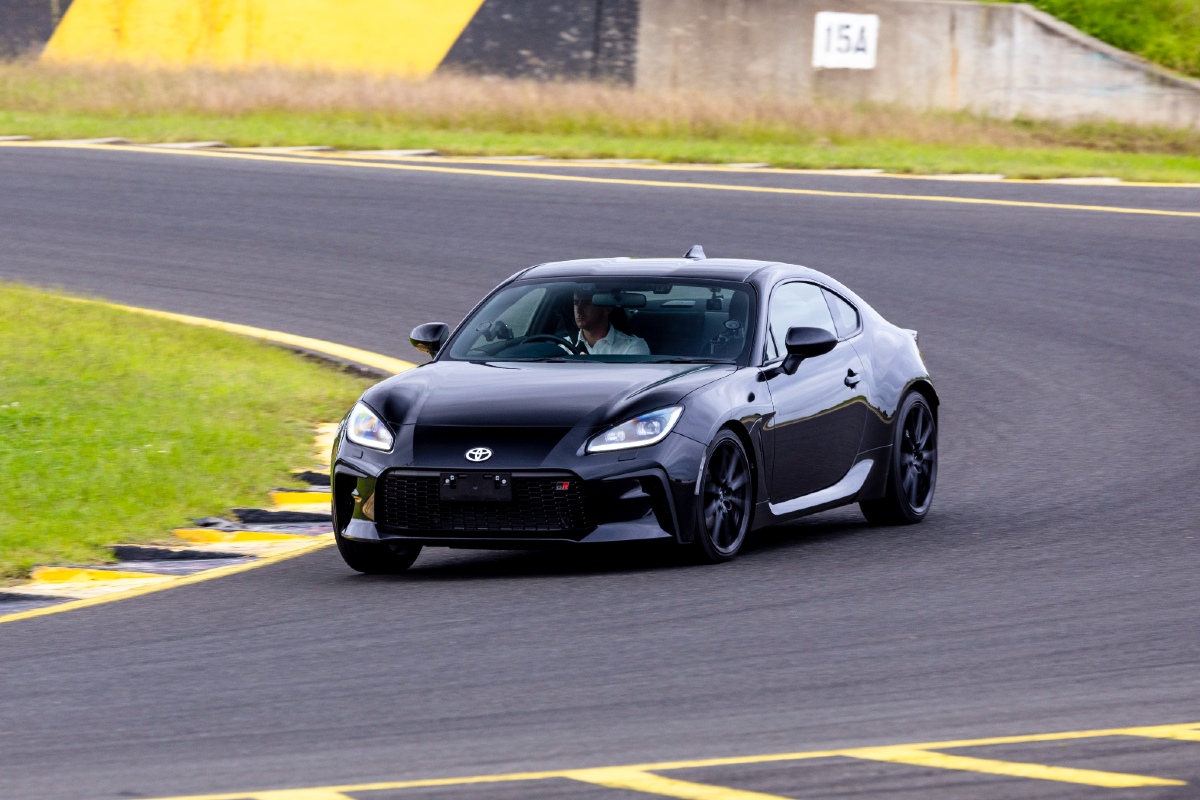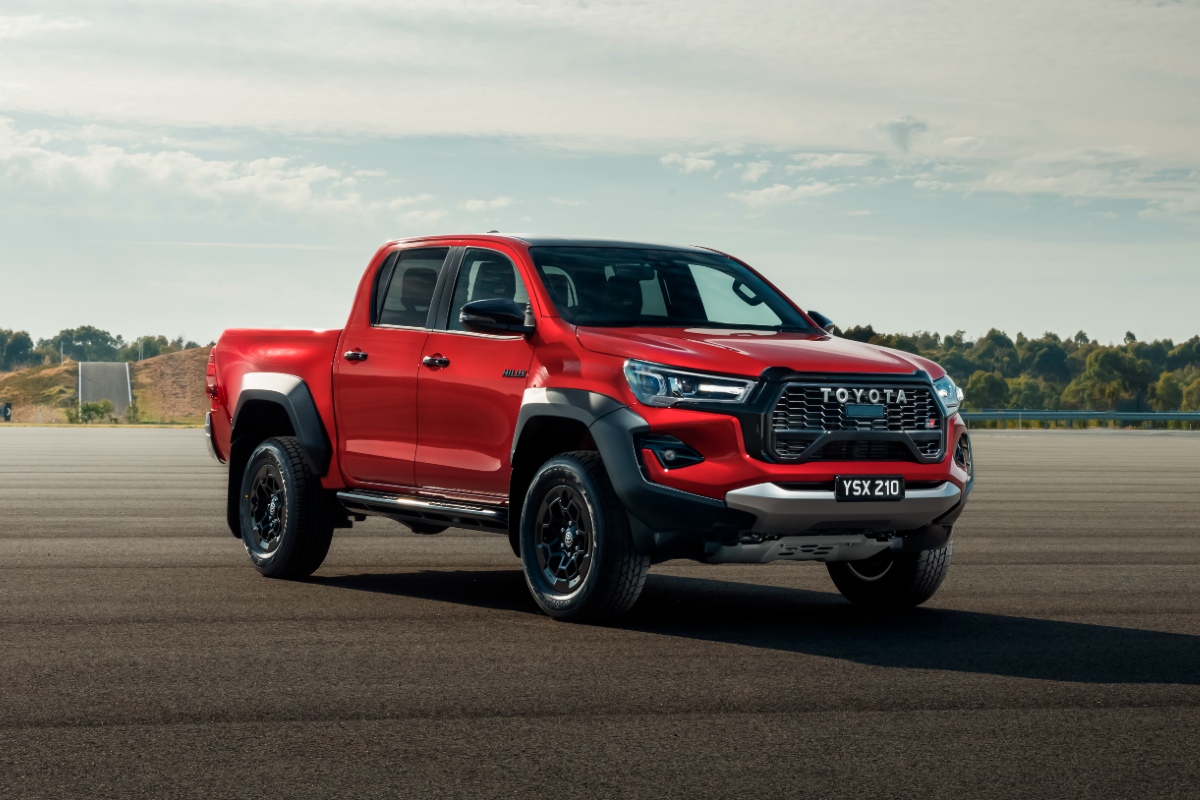
Previously I wrote about the great boost Toyota’s presence will provide Supercars – but it won’t be a one-way street.
Make no mistake, Toyota is not joining the Supercars grid in 2026 out of the kindness of its heart. Toyota isn’t, by some margin, the biggest car company in Australia because it makes decisions for sentimental reasons, it makes clear and definitive moves that it knows will help its bottom line.
READ MORE: How Toyota’s Supercar move could revitalise the sport
So why is it going racing and what will it get from it? The official, top-line reasoning is to grow the GR (aka Gazoo Racing) brand that Toyota launched in recent years globally with a flagship motorsport program that can be at the top rung of its ladder.
“We wanted to get that pathway [from GR Cup],” Toyota Australia chief, Sean Hanley said at the official announcement of the entry. “We’re in the Australian Rally Championship with the Bates team, and that will continue, that’s not going to stop. This doesn’t diminish that race.

“Then we had the GR Cup and I often said we’re going to have all these good drivers of the future that are going to go to other teams, we need to have a team that they can potentially go to if they’re good enough. Why don’t we have another go at Supercars?”
READ MORE: Toyota and Supercars – Everything you need to know
So what is the deeper reasoning? The bonus is Toyota can cash-in on precisely what it has missed out on the last 30 odd years that the sport has been a two-horse race – passion. Or, as Hanley himself put it – tribalism.
“We often wondered, if we ever went out and won this race, what would really happen? Probably more risky to win it than not to play at all,” he explained of the Ford v Holden fight.
“So back in the tribal days – and I have no doubt that that tribalism still exists – but there’s now room for a new player, and I think it’s timely.”

As the Holden v Ford car culture wanes, Toyota knows that it can step in and fill the gap in the market. There’s a reason why Hanley is in charge of Toyota’s local fortunes, this is an opportune time for the Japanese brand to pounce and make its mark on the cultural fabric of Australian car fans.
The simple fact is, the Holden v Ford rivalry began to die out long ago and there is now a generation of car enthusiasts that desire a GR86 or Supra just as much as a Ford Mustang. LandCruiser and HilUx owners are just as passionate as Holden and Ford drivers ever were, and if you take a look at a Supercars car park you’ll probably notice plenty of Toyota badges.
READ MORE: Toyota and Walkinshaw’s other project
Racing against the Mustang and Chevrolet Camaro will no doubt help to lift the profile of Toyota’s GR brand, but it will help sell more HiLux, LandCruiser and 70 Series than Supras. It’s no coincidence that Toyota’s arrival into Supercars will line-up neatly with the arrival of an new-generation HiLux in 2025, providing a great platform to sell it around the country when it hits the track in ‘26.
Hanley’s hypothetical ‘what would happen if we win?’ has a very different answer to what it would have had, had the brand tried to join the sport a decade ago. In the past Toyota’s presences would have been met with mixed feelings, and probably more negative than positive. But not so now, if Chaz Mostert or whoever else gets their hands on a Supra can claim a race win, particularly at Bathurst, it will not help cement Toyota’s place as the brand to beat in the Australian market but also underline its deep roots in our car culture.














Discussion about this post